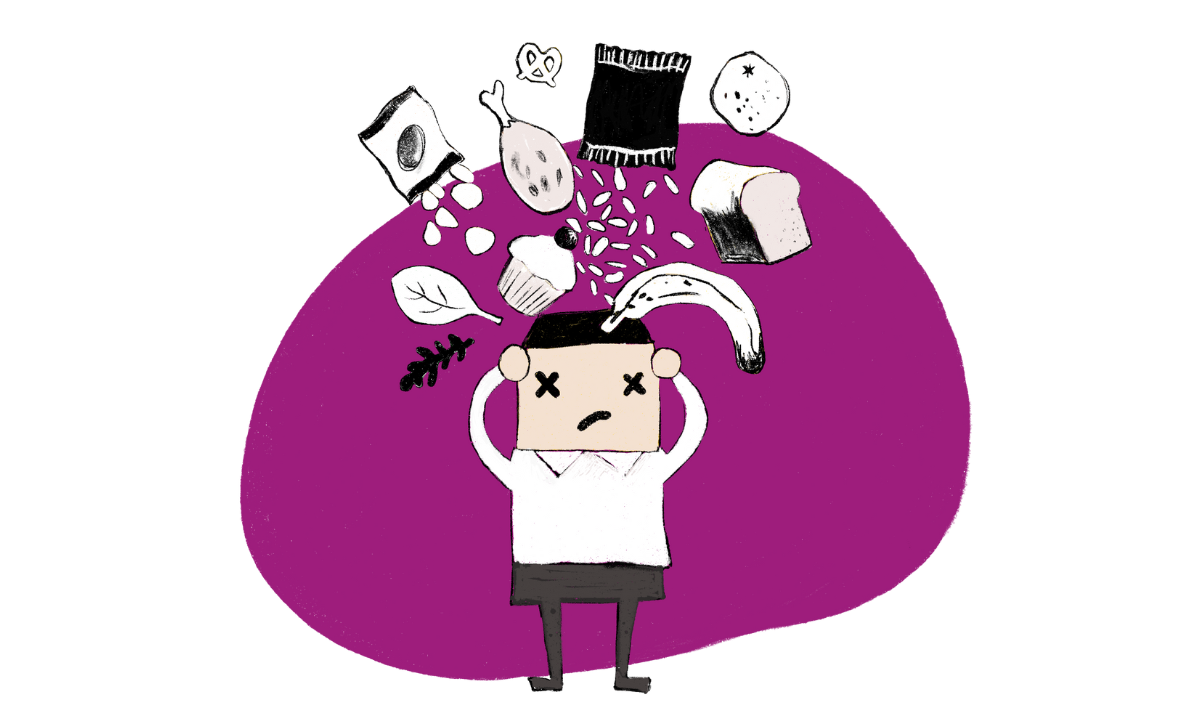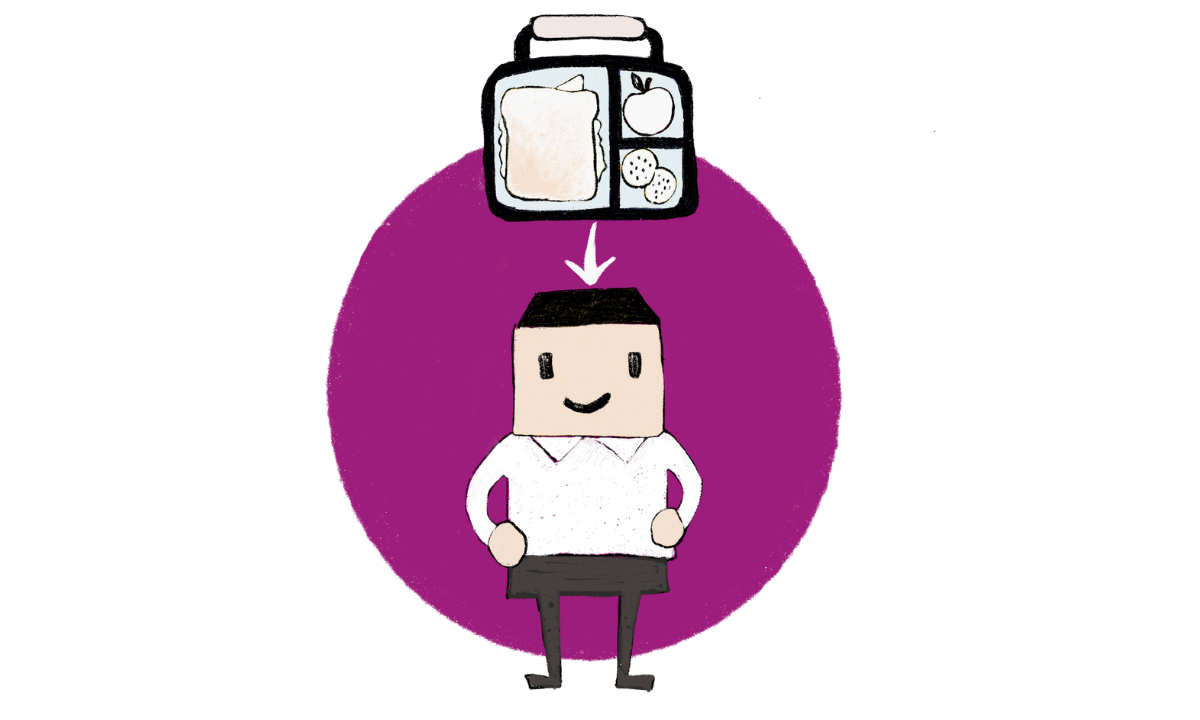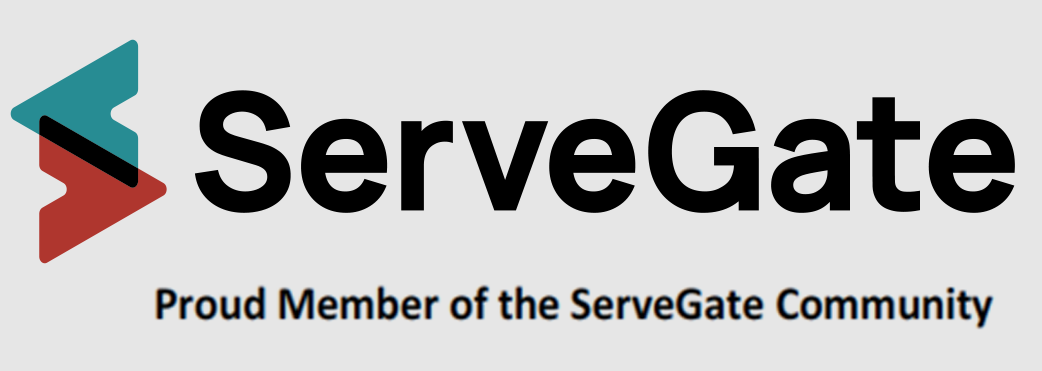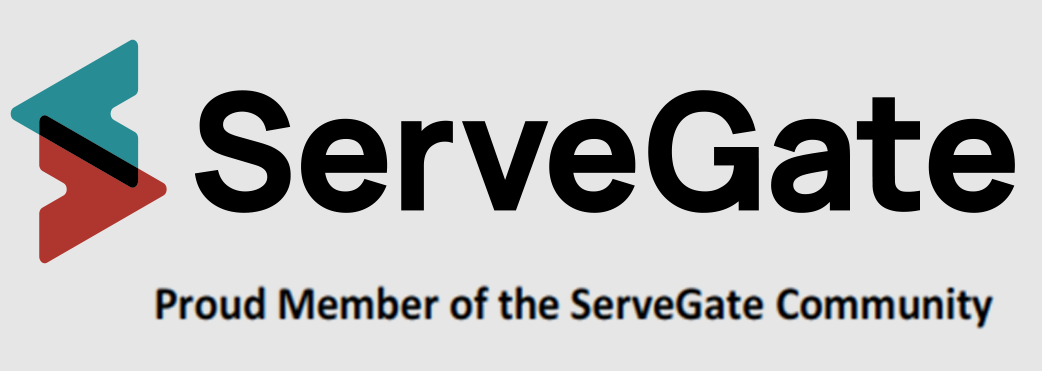Our Insights
Learning is frustrating when learners must do all the heavy lifting.

Even for adults, learning something new can be like the first day at school. You’re on roller coaster, but instead of screaming, you’re calculating missile trajectories.
Reducing cognitive load is the key to making learning easy.
What is Cognitive Load Theory? Strap on a seat belt and we’ll break it down.
What’s the Deal with Cognitive Load Theory?
- Imagine your brain as a tiny ‘lunchbox’.
- Your brain’s ‘lunchbox’ is called working memory.
- There’s limited room for a few snacks.
Cognitive Load Theory is the magical recipe learning designers and teachers use the pack the lunchbox efficiently for super-smooth learning experiences.
Now imagine three types of brain baggage:
- Intrinsic Load: Think of this as the “brain weight” of the stuff you’re learning. Some topics are light and fluffy (like making paper airplanes), while others are heavy (like deciphering quantum physics).
- Extraneous Load: Imagine you’re reading a book on calculus, and suddenly a dancing giraffe pops up on the page. That’s extraneous load—distracting stuff that doesn’t help you learn.
- Germane Load: This is the good stuff when you connect new info and organise it with what you already know. Actively applying it is the brain magic that makes learning stick.

Six lunchbox snacks for applying cognitive load theory to learning design:
Snack idea 1:
Extend learning from what learners already know. Unfold the treasure map. Connect their existing knowledge to where X marks the spot for the new buried treasure.
Snack idea 2:
Integrate ‘worked examples.’ Show how things work, like showing a case study on how young buccaneers can calculate the crew’s booty split.
Snack idea 3:
Then let learners solve problems on their own. Map reading get easier with practice!
Snack idea 4:
Trim the fluff! Remove superfluous info. Don’t practice swordplay while walking the plank.
Snack idea 5:
Serve all critical info together, like a well-arranged captain’s table.
Snack idea 6:
Simplify complicated stuff—demonstrate with pictures. It’s like explaining cannonball trajectories with crayons!
Remember, employing Cognitive Load Theory isn’t just for learning designers and teachers—it’s for all of us who are hungry learners! So next time you’re studying, channel your inner pirate and pack that brain lunchbox wisely.
Chen, O., Paas, F. & Sweller, J. A Cognitive Load Theory Approach to Defining and Measuring Task Complexity Through Element Interactivity. (2023).
Krieglstein, F., Beege, M., Rey, G.D. et al. Development and Validation of a Theory-Based Questionnaire to Measure Different Types of Cognitive Load. (2023).
Mohd Hamizi, M. A. A., Mokmin, N. A. M., & Ariffin, U. H. (2023). Design and development of a virtual reality anatomy medical classroom by utilizing cognitive load theory and the virtual medical technology acceptance model (VMEDTAAM).
Spinifex acknowledges the Aboriginal and Torres Strait Islander peoples as First Australians and recognises their culture, history, diversity and their deep connection to the land. We acknowledge that Spinifex operates on the land of the Traditional Custodians and pay respect to their Elders past, present and emerging.


